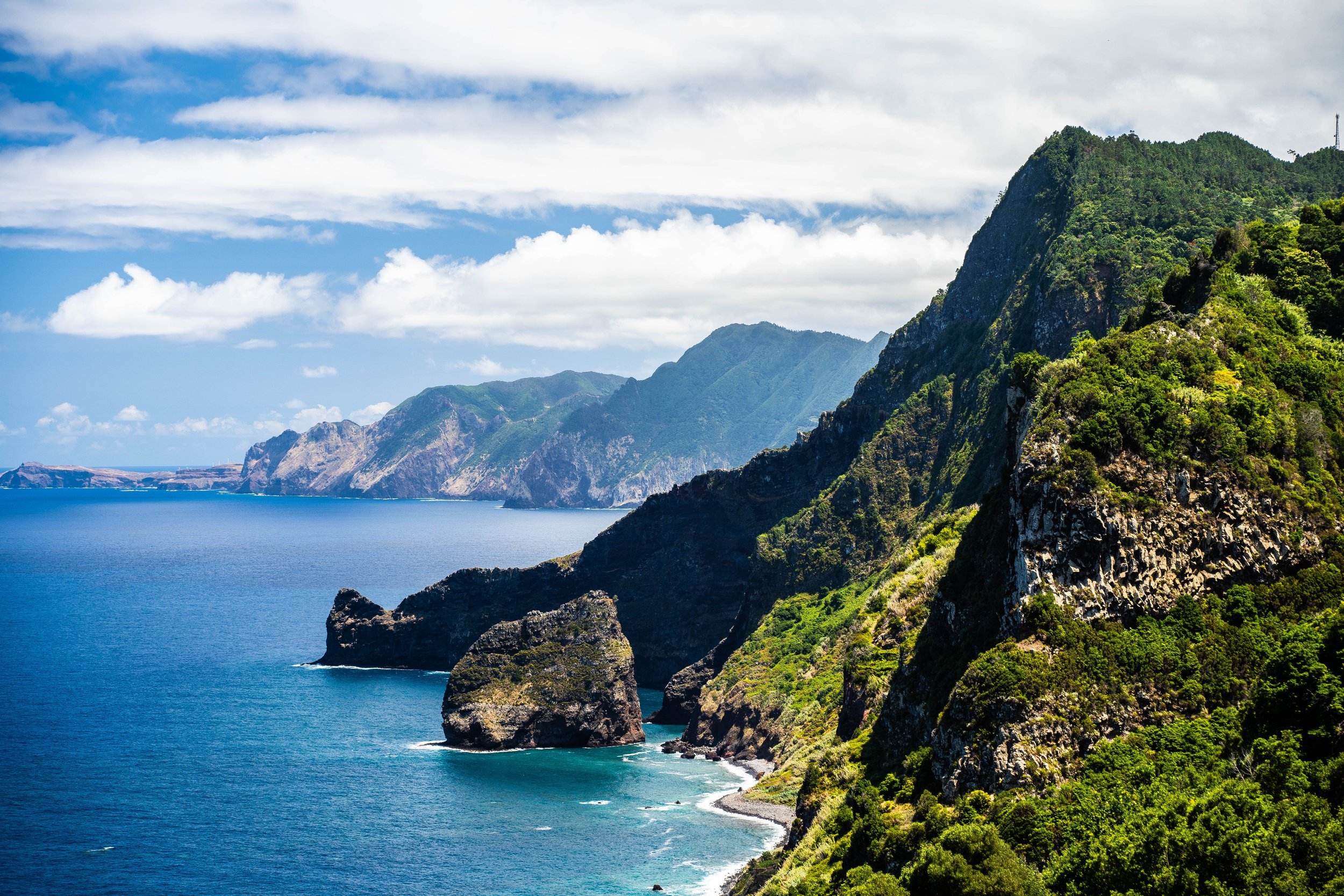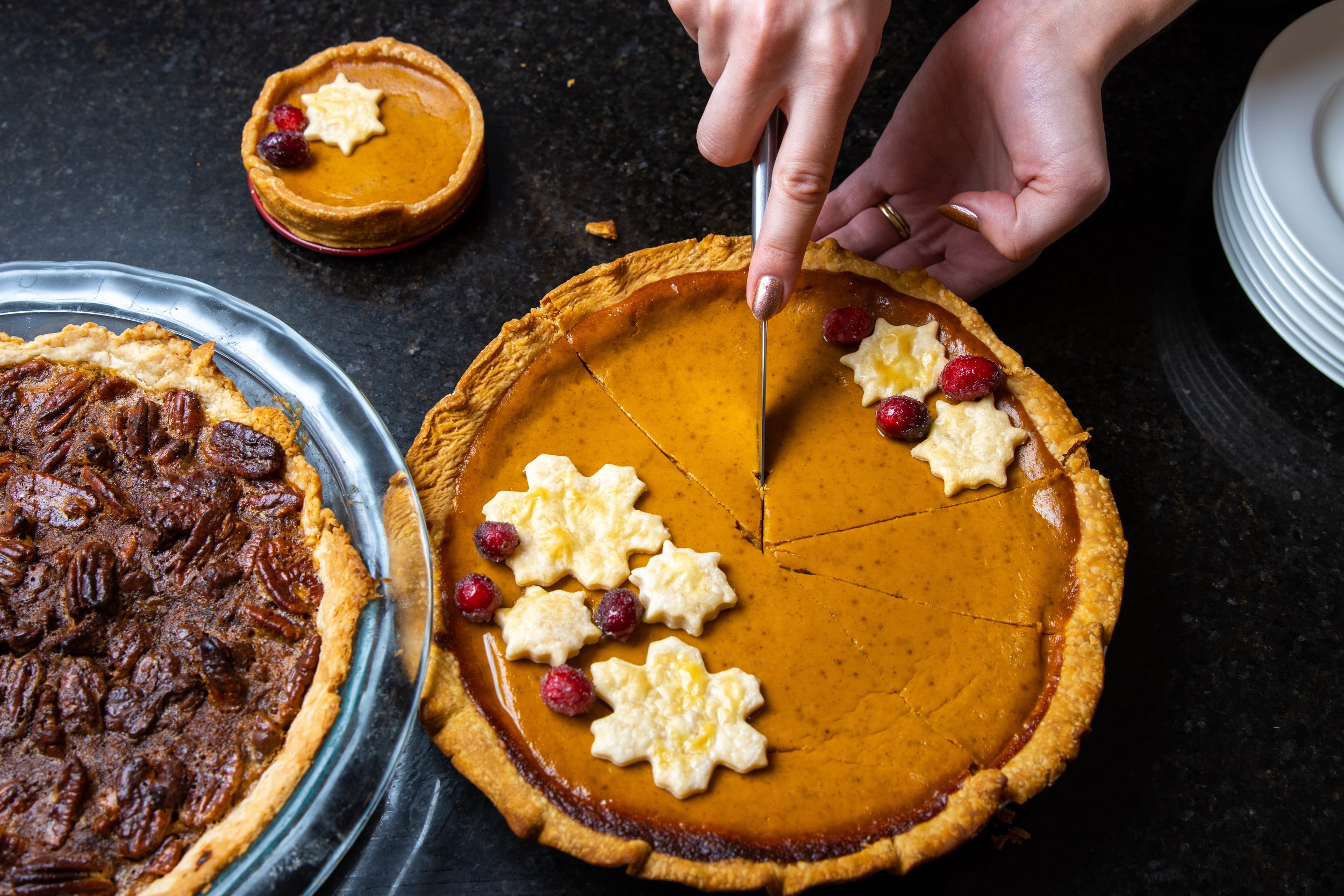Portuguese Dessert Wines for Holiday Festivities
If there’s a time of year to dabble in dessert wines, it’s now.
Delicious “stickies” from Portugal are best enjoyed around a table of friends savoring the decadence of these special bottles. Use them to accentuate a tasty dessert or cheese course, or keep things light by serving them in delicate glassware on their own at the end of the meal.
While most wine drinkers have tasted Port before, not everyone has even heard of Madeira. Today, I’ll introduce you to this less-known but equally delicious category!
I’ve selected two wines to highlight, both produced and imported by Broadbent Selections. The company was established in 1996 by Bartholomew Broadbent, an Englishman with a passion for fine wine and a vision of bringing remarkable bottles from all over the world to the US and other countries.
The Broadbent family’s appreciation of Port and Madeira began when Bartholomew’s father, Michael Broadbent, sent him and his mother, Daphne, to the island of Madeira to assist in the production of the dessert wines named for the place they come from. Always influential, Michael Broadbent was the world’s 24th Master of Wine. Today, his legacy lives on through his descendants and the lovely wines we are access to via their import business.
ABOUT PORT
Port, a fortified wine made from aromatic indigenous Portuguese grape varieties, is one of the most popular and widely available dessert wines in the world. The fortification comes from the addition of a grape-based spirit called aguardente which stops the fermentation, leaving residual sugars behind and increasing the alcohol in the wine.
While white port does exist (and is delicious in summer cocktails), most Port comes in darker colors ranging from light ruby to deep, opaque garnet, to hues of caramel brown.
Port is typically aged in large oak barrels and then laid down for additional time to rest in the bottle.
Broadbent Auction-Reserve Porto | Douro D.O.P. | Under $25
The Auction-Reserve Porto is a great place to start if you’re newer to this style of wine. It’s affordable, which I love, and punches above its weight as far as flavor and quality.
A blend of the grapes Touriga Franca, Tinta Roriz, Tinta Amarela, Tinta Barroca, and Tinta Cão, the wine is inky, almost black in color, with rich, concentrated flavors of dried fruit and a lingering acidity that keeps the finish long.
The wine was made from hand-harvested grapes fermented in contact with their skins in lagares, or large, open-top vats at the winery in Vila Nova de Gaia. The process takes place under the watchful eye of esteemed winemaker, Luis Sottomayor, who monitors the temperature and alcohol levels to ensure the aguardiente is added at just the right moment. Sottomayor splits his time between the vineyards upriver in the Douro Valley and down in the city of Oporto where the Douro River meets the Atlantic. His sense of style and involvement in every step of production from vineyard to winery has made him a figurehead in the region.
Shots from my 2015 visit to Porto and the Douro Valley. Left to right: vineyards stepping down toward the Douro River, myself and a friend with winemaker, Luis Sottomayor, me in front of the gigantic lagares used to ferment Port wines
ABOUT MADEIRA
Located off the northwest coast of Africa, Madeira is one of four islands in a cluster where they enjoy a warm, subtropical climate. Madeira is one of two autonomous regions of Portugal, the other being the Azores, and is famous for its namesake dessert wines.
A view of Madeira captured by Jan Tokarczyk
The history of these remarkable wines dates back to the end of the 15th century when the island was an important port for ships en route to the New World or East Indies. The period predates refrigeration and the wines of the time found themselves in the hulls of ships where they were exposed to sweltering heat and constant motion as the boats rocked on the sea. For a typical wine, these two factors would be destructive. For Madeira, it was transformational.
As in Port, a neutral grain spirit was added to the wines to help prevent spoilage. This, combined with the heat and motion in the ships, caused the wines to oxidize and the flavors to transform. The pleasant flavors that resulted were discovered when a ship returned with some wine still in storage following a long journey.
Today, this process is replicated using a unique winemaking technique to intentionally oxidize the wines through heat and aging.
Starting in 1996, Broadbent Madeira was inspired by Michael Broadbent who called Madeira his “desert island wine.” Michael played a crucial role in sourcing the wines and establishing the blends during the early years of commercial production. Determined to create a line of Madeiras to compete with the best in the world, his son, Bartholomew Broadbent, spent more than a decade reintroducing Madeira to the U.S. market.
Madeira is made in a range of styles from dry to lusciously sweet.
Broadbent 10-Year Sercial | Madeira D.O.P. | Under $60
The Sercial grapes used to make this wine are hand harvested over a series of passes through the vineyards to select them at optimal ripeness. In the winery, the fruit it removed from the stems, crushed, pressed, and fermented at low temperatures in stainless steel tanks. After 8 to 10 days, the fermentation is stopped by the addition of the neutral grain spirit or aguardente, preserving the natural sugars in the wine.
Next, the wine is placed in French and American oak casks and stacked in the cellar. To achieve the oxidized flavor profile, the canteiro method is used to gradually cook the wine using the increased ambient temperature in the winery. This technique, which is reserved for high-end wines, produces an effect over the course of years, ten in the case of this particular wine. Over time, the barrels are rearranged with older wines being moved to lower levels where the temperatures are cooler. With the aging process complete, the wine is racked, fined, and filtered before being bottled.
The Sercial grape itself is the driest of the four noble white grape varieties of the island. Today, the name is more commonly associated with this lighter style of Madeira than the grape itself. In the glass, the wine is a beautiful golden color with aromas of dried fruit, caramel, and nuts. The flavors on the palate match the nose with the balanced sweetness lingering after the sip is swallowed.
Worried about not finishing the whole bottle?
We already discussed the destructive impact the voyages at sea had on the wine. Having been through all that, there’s nothing this stuff can’t handle. This means that a bottle of Madeira is practically indestructible. You can open it, leave it uncorked, and drink it a year from when you open it and it’ll still be delicious (although it’s unlikely it’ll last that long).
Food Pairing & Enjoyment
I suggest you serve both of these styles just slightly chilled to allow the complex, layered aromas to shine.
These amazing elixirs take a simple dessert like homemade pumpkin pie to a level it’ll never reach on its own.
Prefer a cheese course? Try Port with gorgonzola. It’s divine!
Ready to dive in?
Pick up a bottle of Port, Madeira, or explore another dessert wine altogether this holiday season! If you’re not seeing these exact wines, don’t fret. Ask you local wine shop keeper for a suggestion or drop a message in the comments section below and I’ll be happy to help you find something amazing in your area.
Cheers to all of you and happy holidays!
Best, Montana Rae and The Wine Ship Cru




